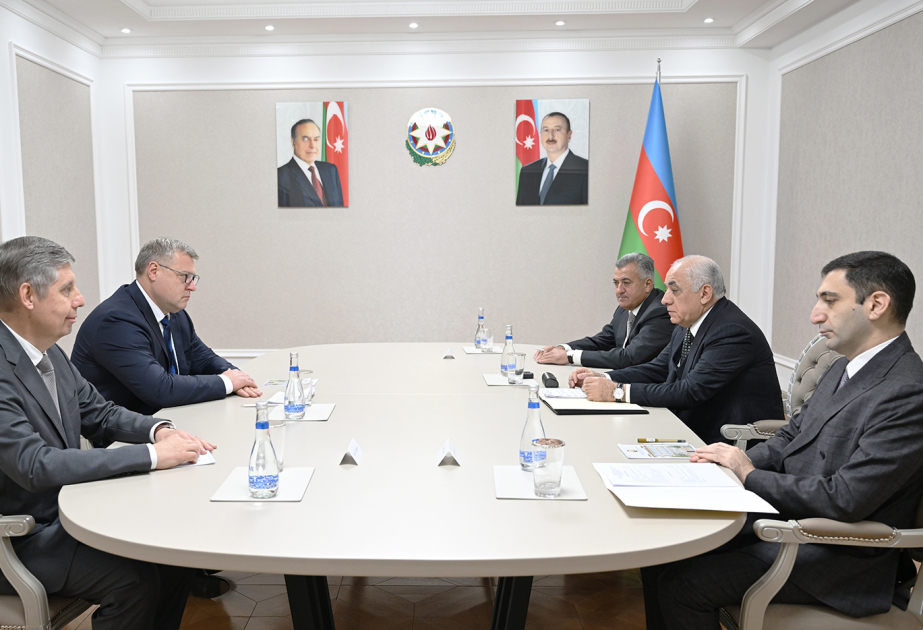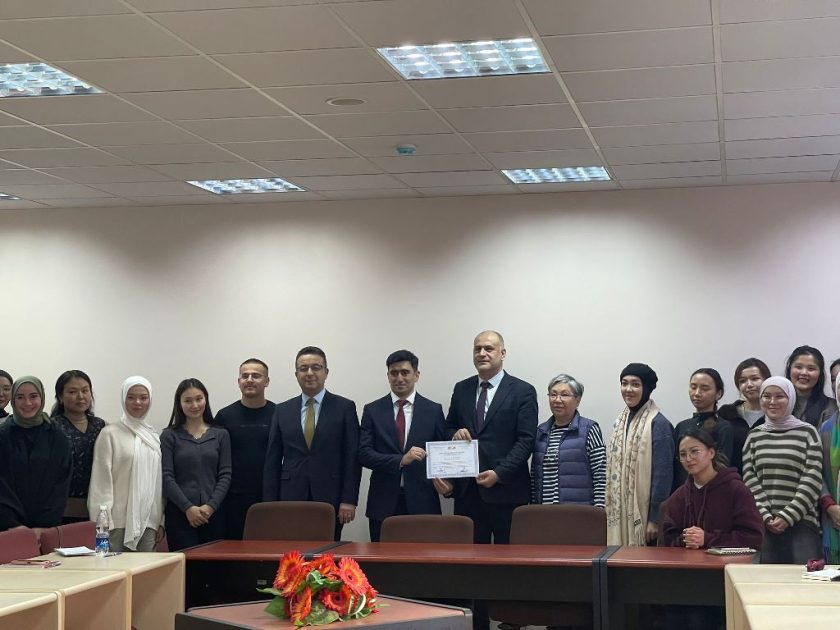A joint Italian-Egyptian archaeological mission near the Agha Khan Mausoleum west of Aswan has successfully unearthed numerous family graves, 33 tombs in total, dating back to the late Greco-Roman periods (7th century BC-4th century AD), according to Ancient Origins. Some of the discovered graves still contain parts of mummies and funerary artifacts and have provided never seen before insights into that era, including the diseases that were prevalent at the time.
Ayman Ashmawy, who heads the Supreme Council of Antiquities’ Egyptian Antiquities Division, said studies of the mummies “indicate that 30 to 40 percent of those buried died in their youth, as newborns or as adolescents”, in a press release by the Egyptian Ministry of Tourism and Antiquities.
Dr. Muhammad Ismail Khaled, Secretary General of the Supreme Council for Archaeology, emphasized the significance of this discovery. Further excavations are expected to reveal more graves in the area. Studies conducted on the remains of the mummies found up until now indicate that around 30% to 40% of the individuals buried there may have died young, ranging from infancy to adulthood.
Patrizia Piacentini, professor of Egyptology and archaeology at the University of Milan, headed the Italian side of the mission. She said preliminary studies on the remains showed that "some suffered from infectious diseases, while others had bone disorders including and excluding anemia, malnutrition, chest diseases, tuberculosis and signs of osteoporosis". The remains of several adult women pointed to pelvic trauma, reports AFP.
Some graves feature a casket entrance with an open courtyard surrounded by mudbrick walls, while others are carved directly into the mountain rock, showing some kind of asymmetrical burial architecture, which is yet to be fully understood. Naturally, this indicates a distinction between the middle- and upper-class Aswan islanders, explored later.
Dr. Abdul Moneim Saeed, the general supervisor of Aswan and Nubia and the director of the archaeological mission from the Egyptian side, revealed that among the discoveries are several mummies, including an adult, possibly a woman, and a child who likely died at the age of one or two years.
These two bodies are still attached or ‘glued’ to each other inside a stone coffin, likely due to the embalming fluids. The team plans to study this further to understand their relationship. Also, remains of painted cartonnage, problematic forms of burnt clay, stones, wooden coffins, and sacrificial tables were found, reports The Heritage Daily. As of now, the mission will continue its work at the site to uncover more about this important archaeological location.
Dr. Saeed noted that the evidence suggests that the middle class of Aswan islanders were probably buried in this section of the cemetery, while the upper part was reserved for the upper class. Numerous studies and radiographic tests are being conducted using the latest technology to gain a comprehensive understanding of the mummies, including their facial features, gender, age at death, and whether death resulted from an organ disease.
Elite burials in Aswan, like those in other parts of ancient Egypt, were elaborate and reflective of the high status and wealth of the deceased. Burials would often feature intricate tomb designs, elaborate funerary goods, and detailed inscriptions. The tombs of the elite were typically located in prominent and elevated areas, like the current finds, ensuring visibility and prominence.
The tombs often included multiple chambers, decorated with scenes from the deceased's life and religious texts intended to guide them in the afterlife. High-quality materials such as fine limestone, granite, and precious metals were commonly used. Grave goods found in these tombs included jewelry, pottery, furniture, and shabti figurines meant to serve the deceased in the afterlife, reports Live Science.
The presence of elaborate coffins, sometimes nested in multiple layers and adorned with protective deities and symbols, highlighted the importance of ensuring a safe passage to the afterlife. Additionally, mummification techniques for the elite were highly sophisticated, involving extensive preservation processes and the use of costly resins and linens.


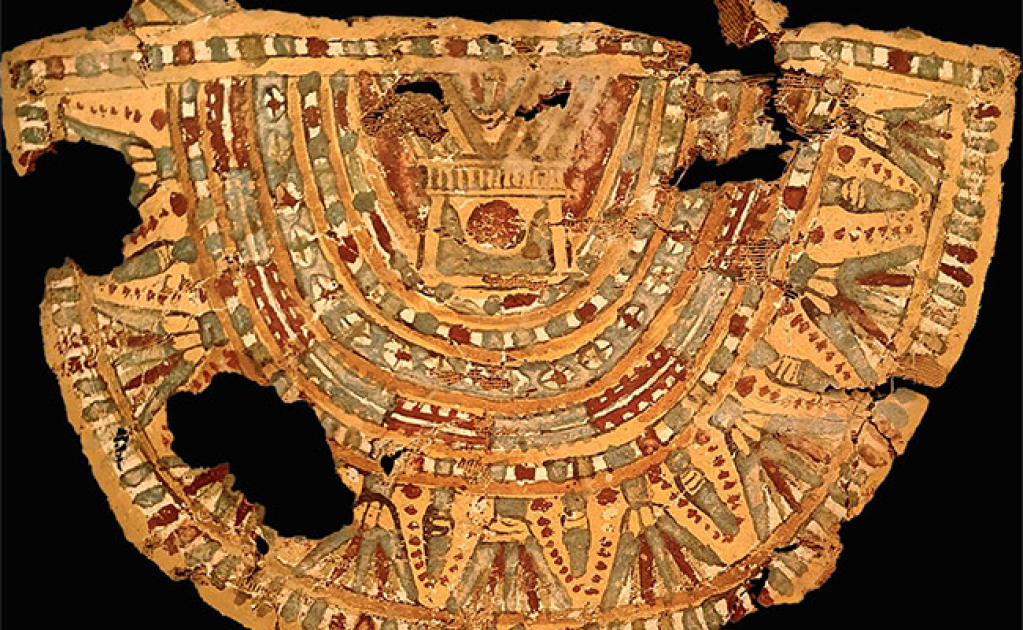





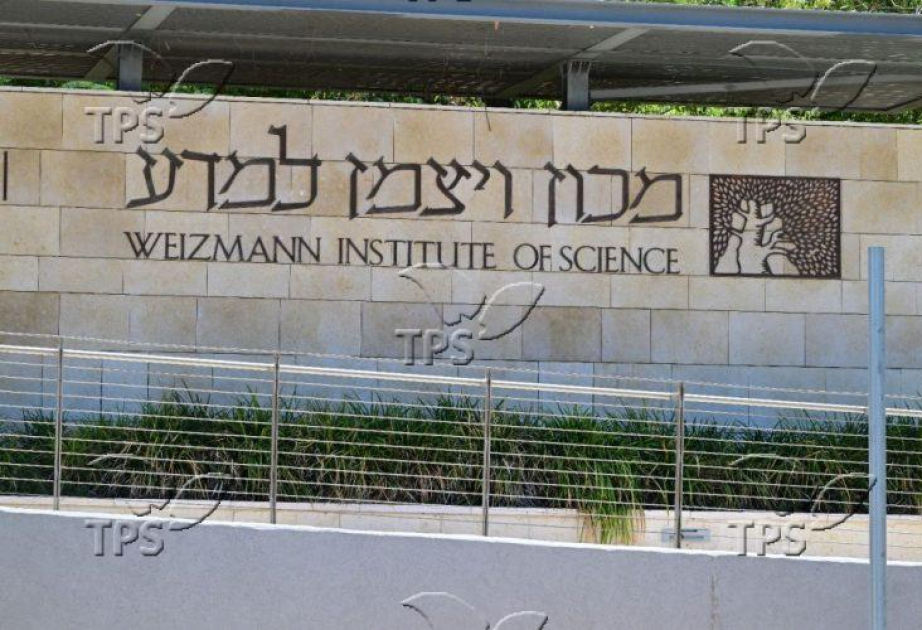


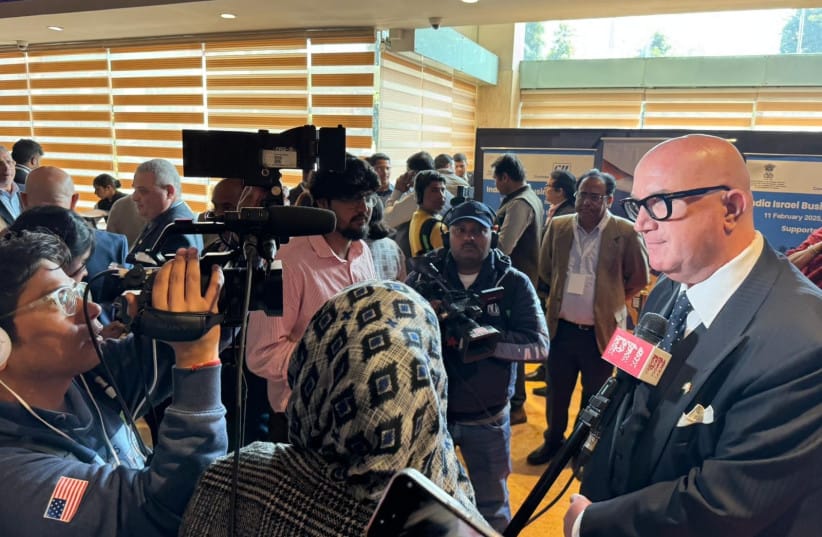
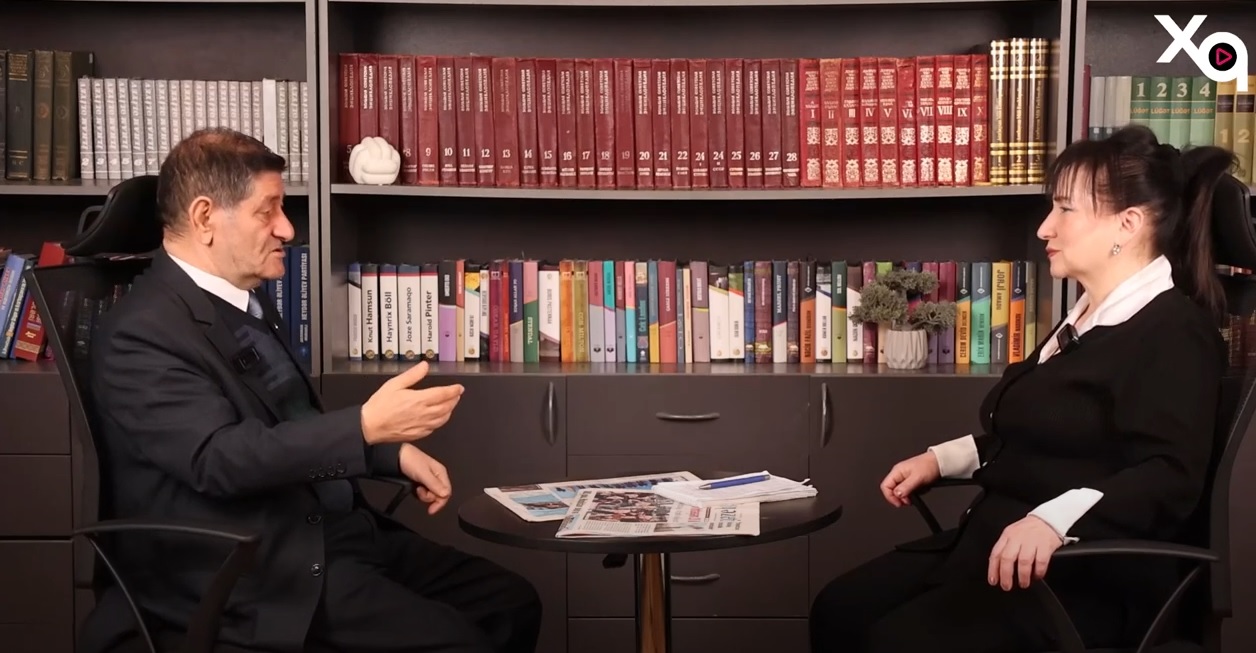
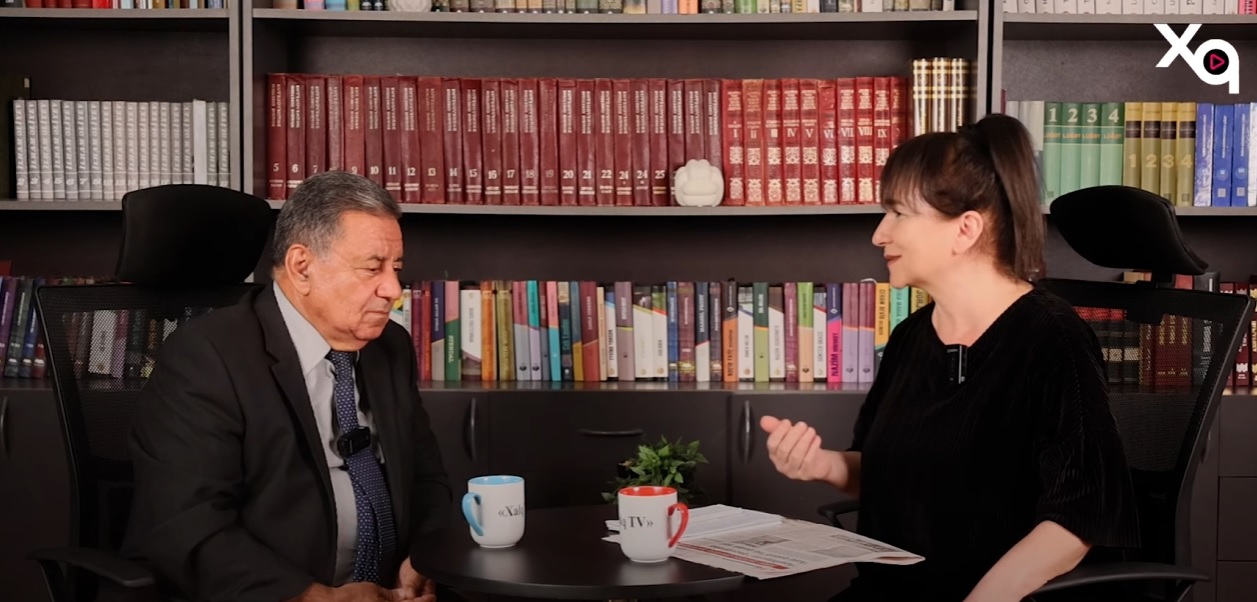
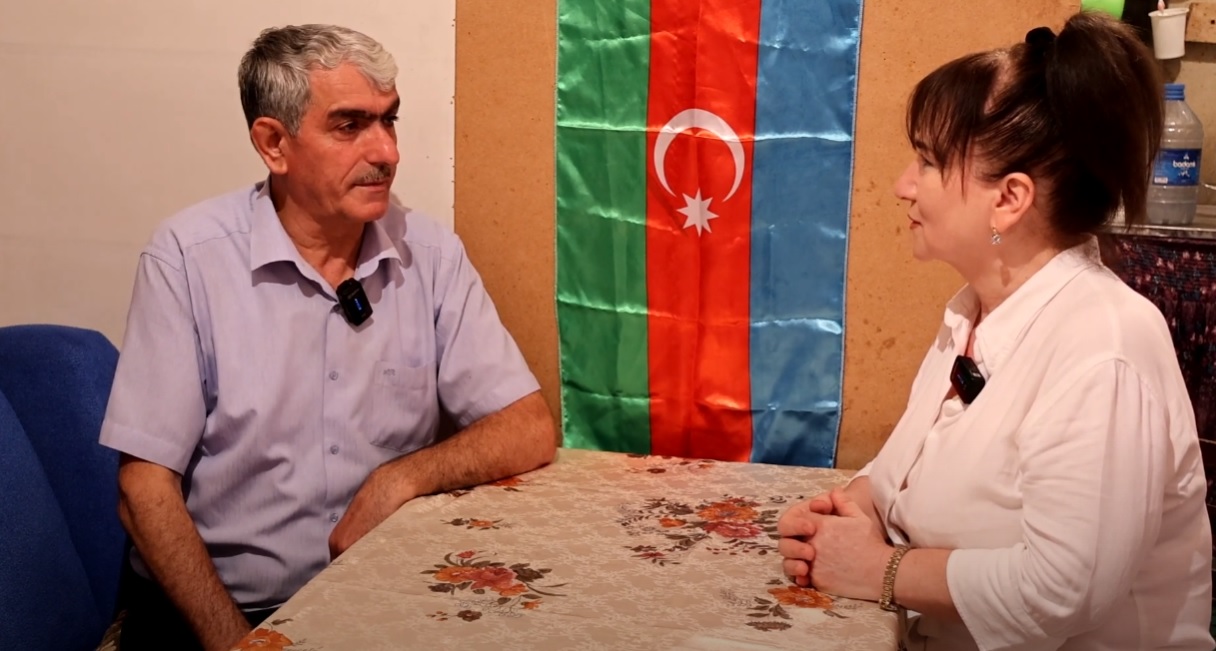
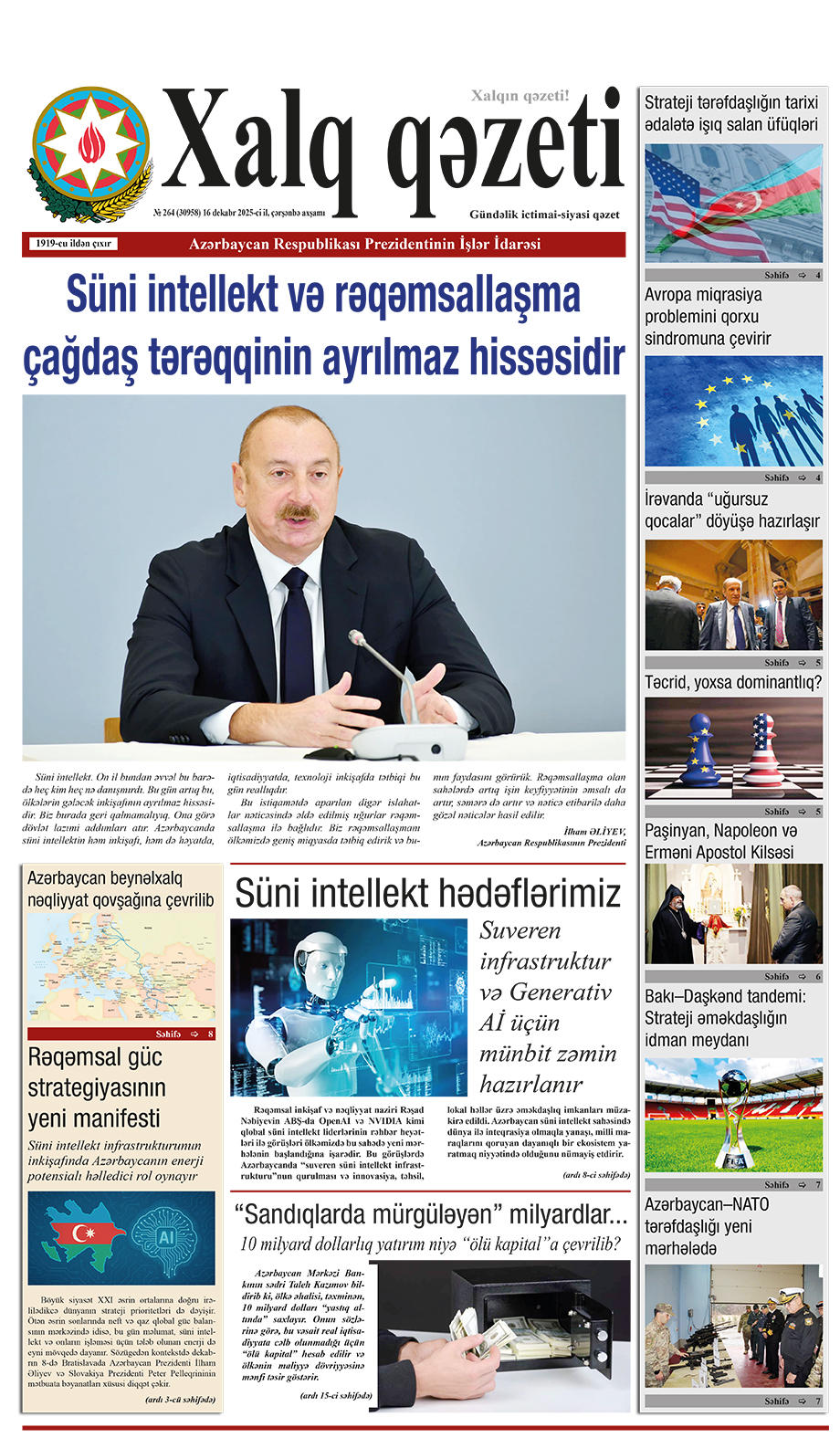

.png)

